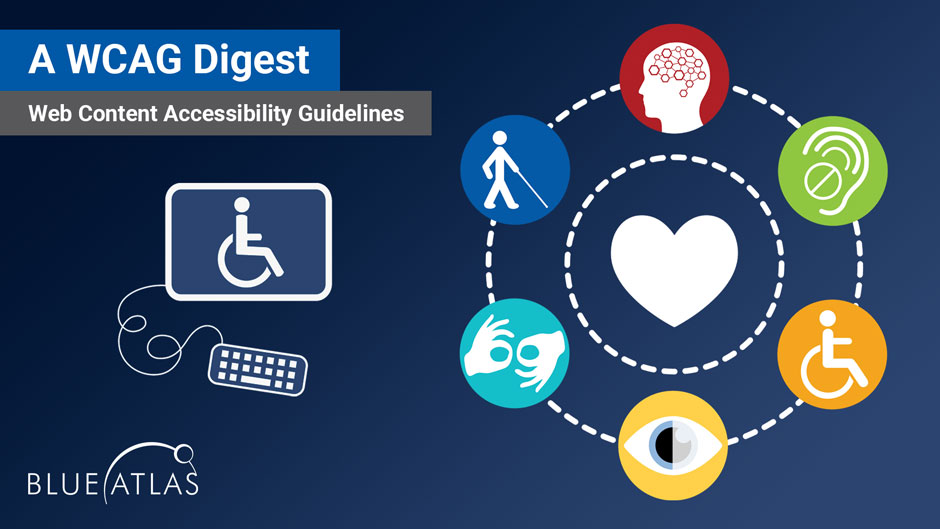Tube Rank: Your Guide to Video Success
Discover tips and insights for optimizing your video presence.
Access All Areas: Why Your Website Needs to Be Open for Everyone
Unlock your website's potential! Discover why accessibility is essential for reaching everyone and boosting your online success.
Understanding Accessibility: Key Principles for an Inclusive Website
Understanding accessibility is crucial for creating an inclusive website that caters to all users, including those with disabilities. The key principles of accessibility revolve around ensuring that your content is perceivable, operable, understandable, and robust. By adhering to these principles, you not only enhance the user experience for individuals with disabilities but also improve overall usability for everyone. This commitment to inclusivity is not only a best practice but also aligns with legal requirements in many regions.
To effectively implement these principles, consider the following key strategies:
- Text Alternatives: Provide text alternatives for non-text content, such as images and videos, to make them accessible to users who rely on screen readers.
- Keyboard Navigation: Ensure that all interactive elements can be accessed and operated using a keyboard alone, making it easier for those with mobility impairments.
- Clear Language: Use clear and simple language to enhance readability and comprehension, which benefits all users, including those with cognitive disabilities.

The Importance of Website Accessibility: How It Benefits Everyone
Website accessibility refers to the design of digital content that accommodates all users, including those with disabilities. Ensuring that a website is accessible not only complies with legal standards but also promotes inclusivity. This approach enhances user experience, allowing people with varying abilities to navigate and interact with the site effectively. For instance, incorporating alt text for images or ensuring compatibility with screen readers can significantly expand the audience reach, thus benefiting businesses aiming for broader engagement.
Moreover, accessible websites often improve overall usability for all users, not just those with disabilities. Features like clear navigation, legible fonts, and adjustable color contrasts cater to everyone, including seniors and individuals with temporary injuries. In this way, website accessibility fosters a more user-friendly environment, making it easier for all visitors to find information and interact with the content. By prioritizing accessibility, businesses not only fulfill ethical and legal responsibilities but also enhance customer satisfaction and loyalty.
Is Your Website Barrier-Free? Assessing Accessibility for All Users
In today's digital landscape, ensuring that your website is barrier-free is not just a best practice—it's a necessity. Accessibility for all users means creating an inclusive online environment where everyone, regardless of ability, can access and interact with your content. Start by assessing your site against established accessibility guidelines, such as the Web Content Accessibility Guidelines (WCAG). This assessment typically involves evaluating key areas including color contrast, keyboard navigation, and screen reader compatibility. Addressing these elements can significantly enhance the user experience for individuals with disabilities.
To create a truly barrier-free website, consider implementing various tools and features. Tools like alternative text for images, captions for videos, and logical heading structures are essential in making your site more navigable. Additionally, conducting regular user testing with individuals who have disabilities can provide valuable insights into your site's accessibility strengths and weaknesses. By prioritizing accessibility, not only do you comply with legal requirements, but you also expand your audience, allowing more users to engage with your content effectively.